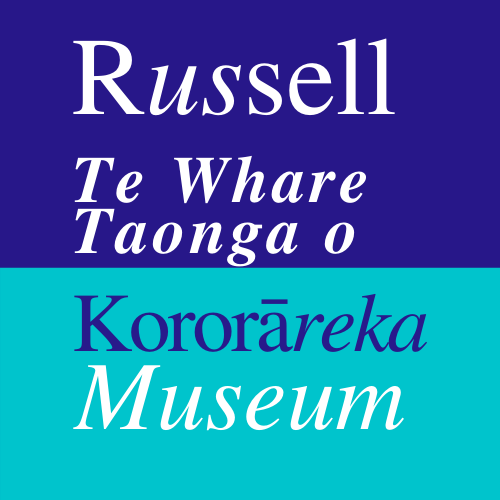Today, food, clothing, furniture, transport and shelter are just a short trip to the shops, internet order or, telephone call away. In the late 17 & early 1800s, new arrivals to Kororareka faced a different reality. Long voyages exhausted provisions and many landed hungry and undernourished. Replacement stores on arrival could not be guaranteed however a shortage of supplies could. Compared to today some were of the more unusual kind.
Women available for marriage: According to a report in the Observer, when Bishop Pompallier arrived in Kororareka in 1839, there was only one white woman there. Mrs. S. A. Wood was married. The single respectable mission ladies at Paihia and Kerikeri were “secluded from the vulgar gaze of the unpolished barbarians on Kororareka Beach”.
Black coats: When Governor Hobson held his first levee, (public court, a reception for men held in the early afternoon), there were “not more than a dozen presentable black coats in the whole community” and many who arrived in blue serge jumpers were refused entry.
Teeth: European teeth were often decayed from a diet of sugar, flour and rum. Old timers particularly felt the need for teeth and referred to it as “a long-felt want”. Dr. Moffatt looked to Māori who had “handsome white teeth” and purchased them for extraction.
Cattle: In 1817 Rev. Samuel Marsden wrote “I have resolved to introduce a number of cattle into New Zealand and let them take their chance. The males may be killed to supply the English whalers or any other vessels with fresh meat if no Europeans should settle there…”
References:
Papers Past: No. 27. An Old Identity of 1839. Observer, Volume 3, Issue 55, 1 October 1881, Page 40 I Whiringa-ā-nuku, Pen and Ink Portraits.
Elder, J. R. (1932). Letters and Journals of Samuel Marsden. Pub: Coulls Somerville Wilkie, Ltd: Dunedin.






























